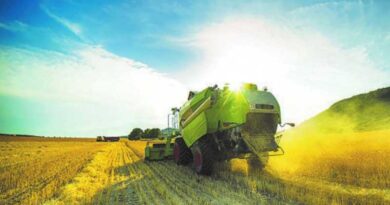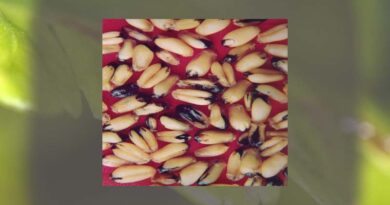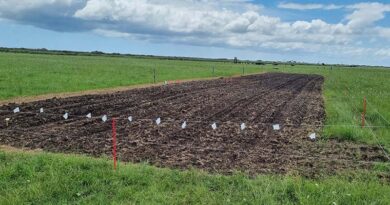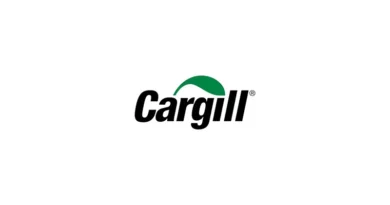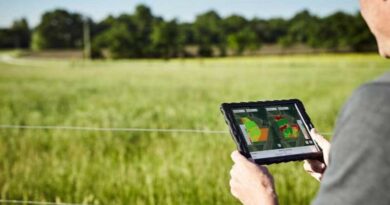Optimising seed-saving strategies starts at harvest
13 December 2022, AU: Fungal diseases have hit grain crops across southern Australia hard this season, so growers need to plan their harvest to help them retain high-quality seed suitable for sowing next season.
Disease-affected seed is less likely to germinate, results in less vigorous seedlings and can carry and spread disease into the new crop.
Harvesting the healthiest part of the paddock first for retained seed and cleaning grain are tactics growers can use to avoid retaining poor quality seed affected by extreme weather and disease.
Dr Joshua Fanning, Research Leader – Plant Pathology, Agriculture Victoria, says pulses including lentils and faba beans have been severely affected by Botrytis, Ascochyta blight and Sclerotinia this year in some areas.
“There will be some crop failures, however growers will still have grain to harvest that may be suitable for retaining as seed,” says Dr Fanning.
“Growers will know which paddocks or areas of their paddocks that are least disease-affected and should harvest these areas first for retaining seed.”
This strategy ensures the best seed is removed early to prevent its further deterioration. It also keeps equipment clean to limit the potential of contamination with poor grain quality.
Dr Tara Garrard, Research Scientist – Cereal Pathology, South Australian Research and Development Institute, endorses this approach and further encourages growers to inspect the heads of their cereal crops before harvest.
“Get into the paddock and look for shrivelling or sprouting of the grain in the heads or any discolouration,” says Dr Garrard.
She adds that stripe rust, powdery mildew, Septoria tritici blotch and Fusarium crown rot have all been a problem this year due to the exceptionally wet conditions during the grain-filling period.
Cereal stem diseases occurring this season including crown rot and take-all have caused white heads, and field fungi growing on the outside of the head has affected seed viability and vigour in some regions.
“Growers can clean their seed to remove screenings, and if one batch of seed is severely discoloured, use seed from another block,” says Dr Garrard.
Both Dr Garrard and Dr Fanning recommend growers test the disease status, germination and vigour of their seed, before deciding to sow it next season.
“Don’t leave seed testing too late,” says Dr Fanning.
“Seed testing can take 4-6 weeks, so growers need to send their samples in by January or February to make sure they get the results in time to update their sowing plans.”
Growers can send seed samples to their state’s testing facilities at Agriculture Victoria and the South Australian Research and Development Institute.
Seed germination tests can be done at home too, and it is possible to observe the vigour and presence of early disease in seedlings when grown in pots.
If the quality of retained seed is inadequate, growers can look to purchase seed or sow seed saved from the previous year where it is available.
“Growers can also consider treating seed before sowing if they are concerned about carrying over disease,” says Dr Garrard.
Also Read: GROWiT launches India’s first protective farming eCommerce portal
(For Latest Agriculture News & Updates, follow Krishak Jagat on Google News)


